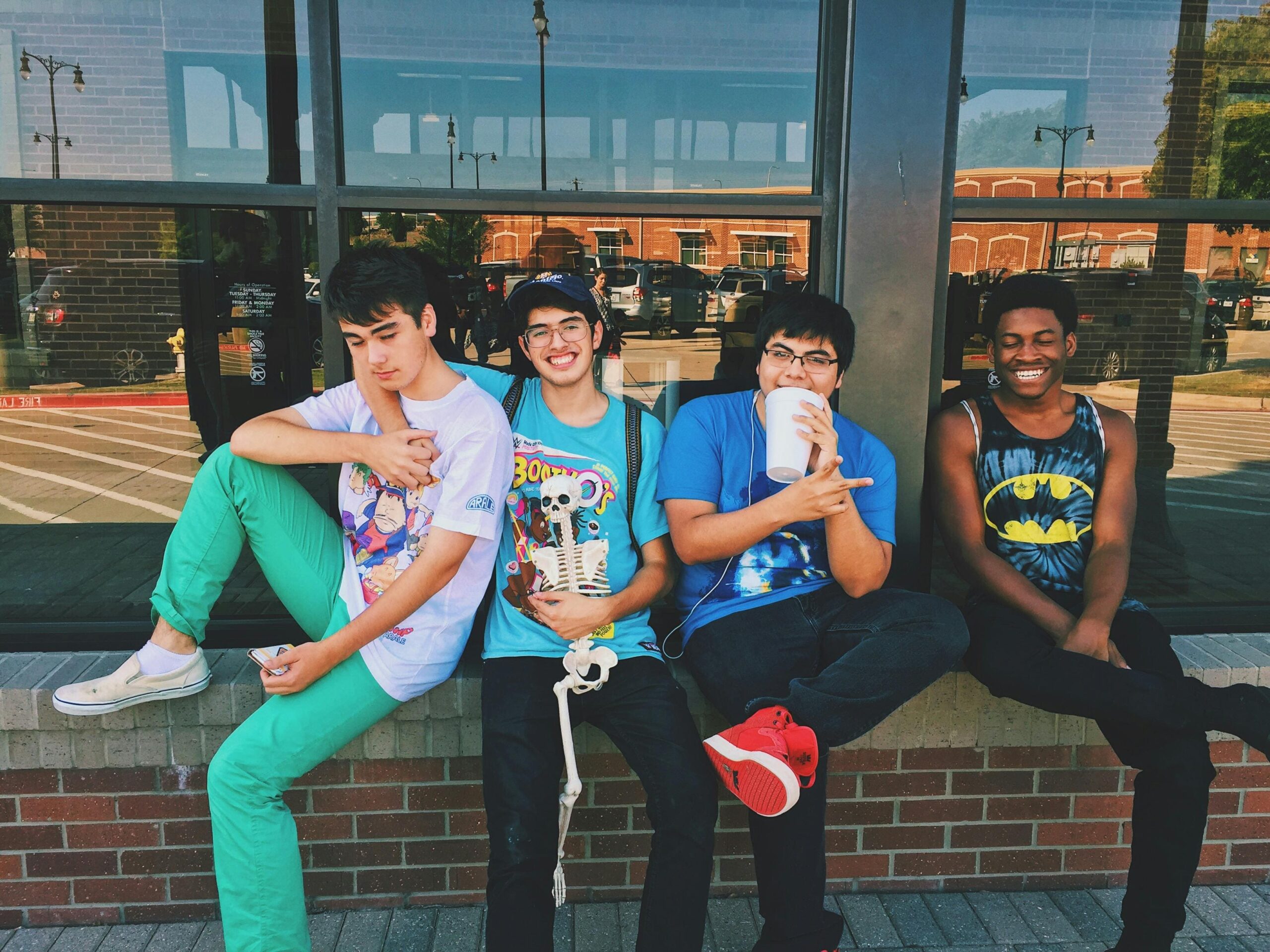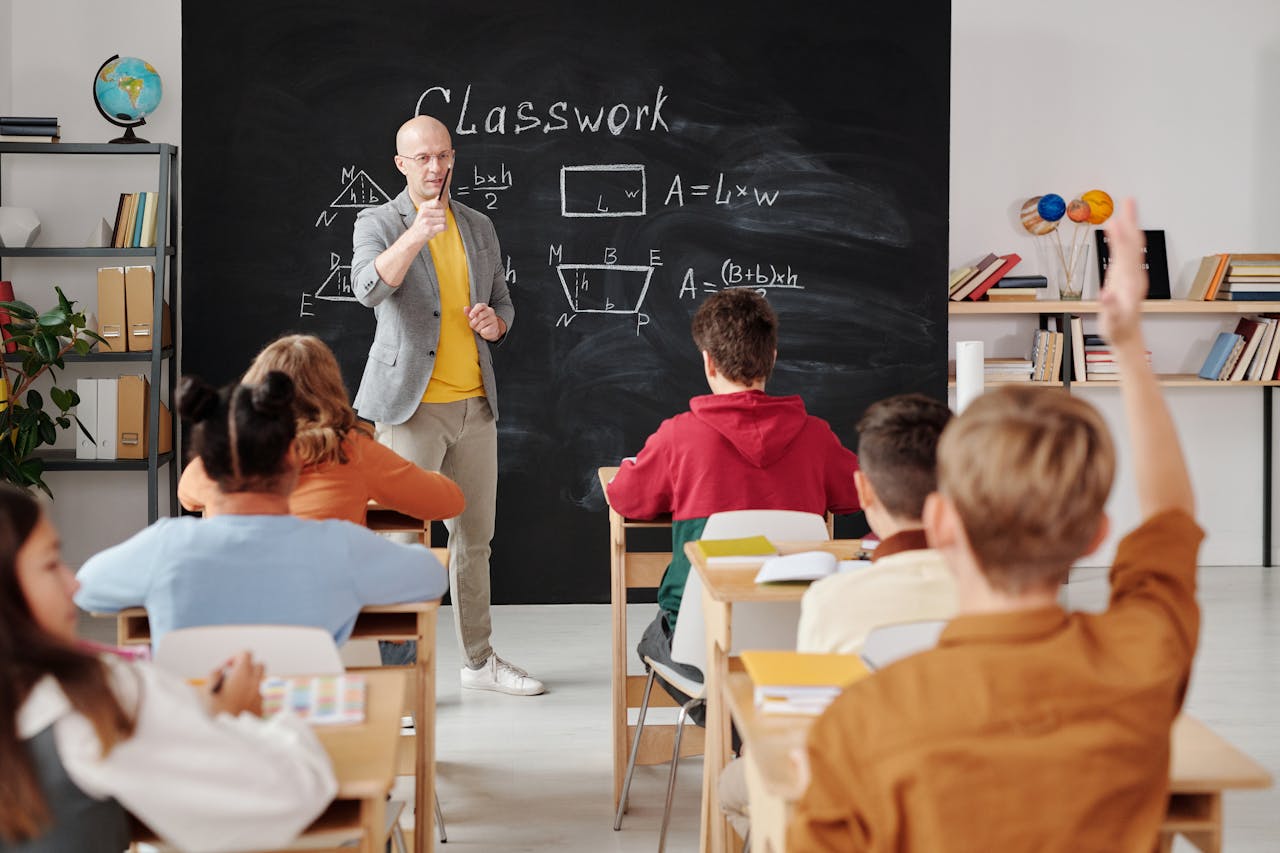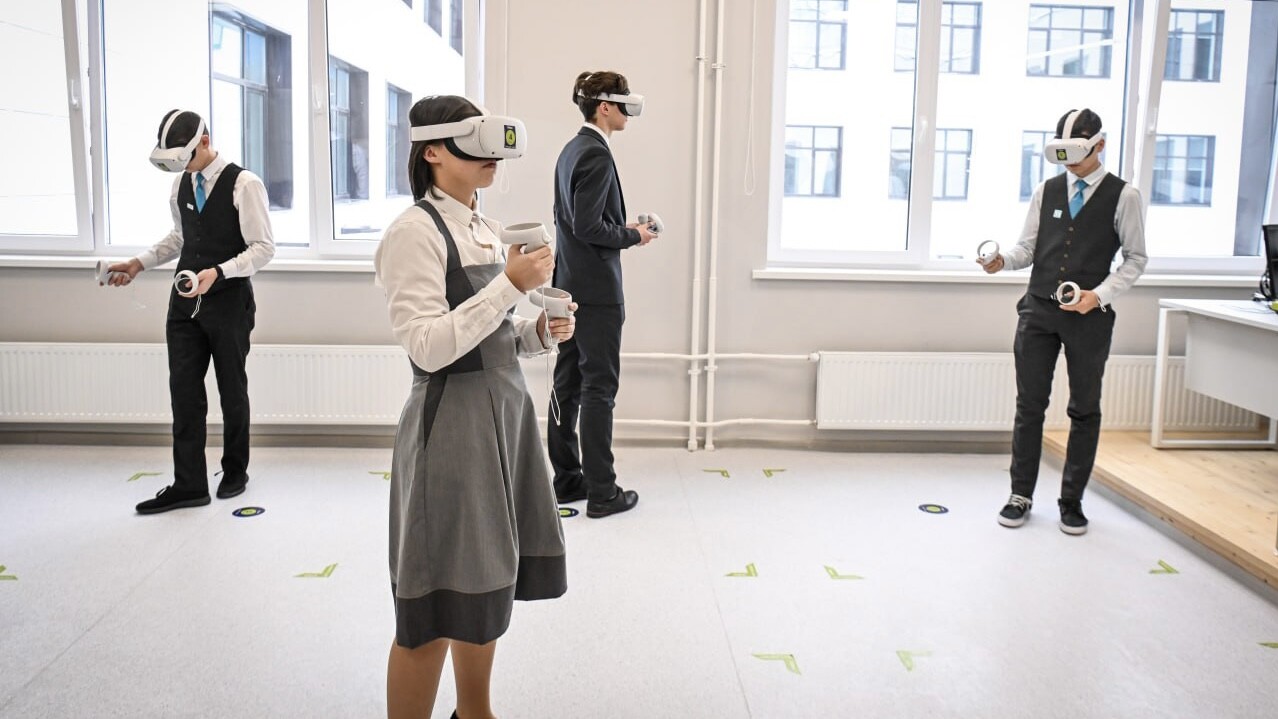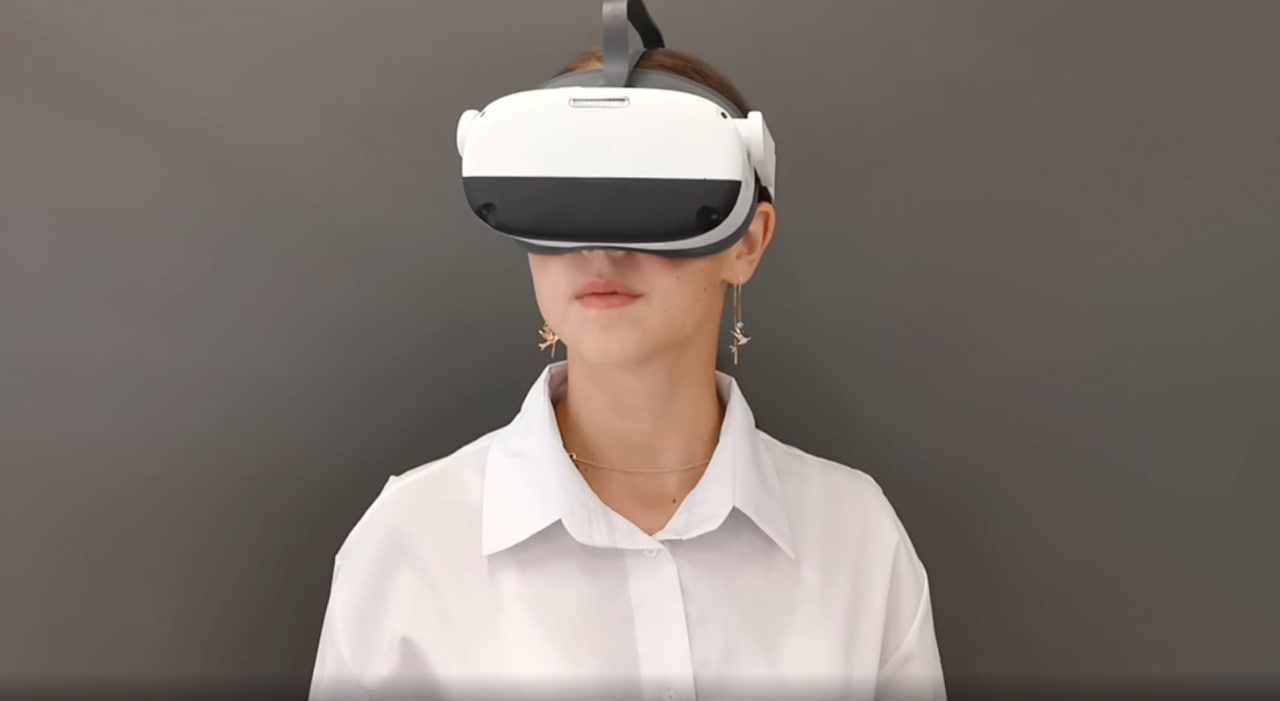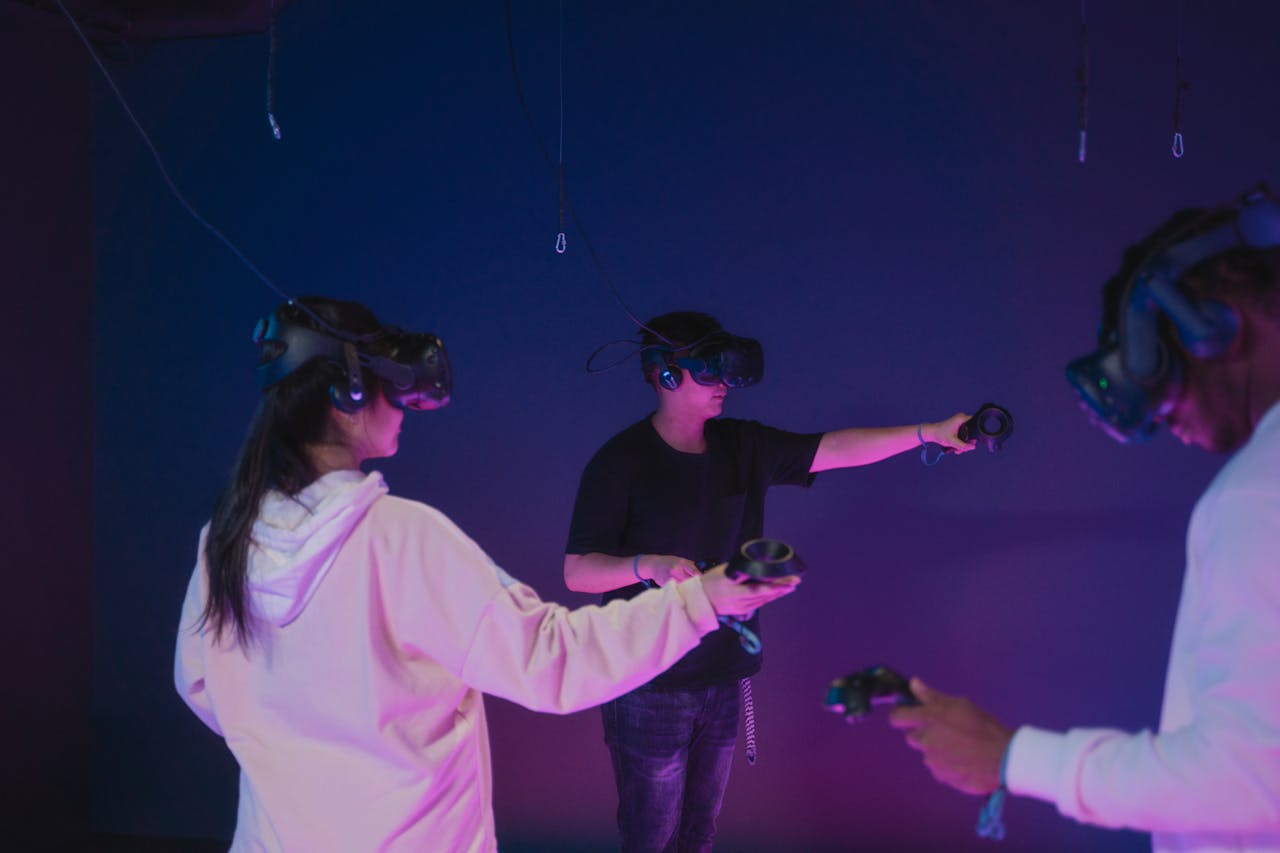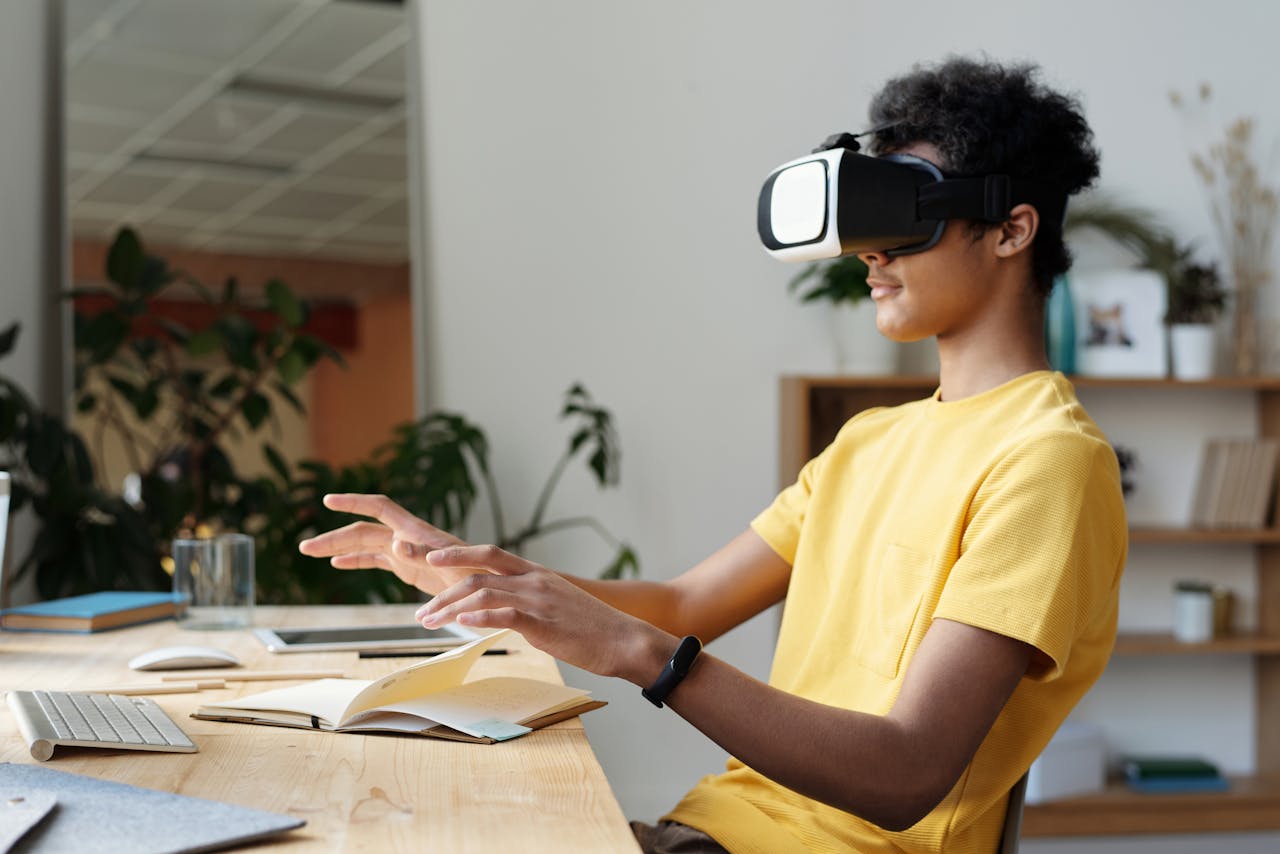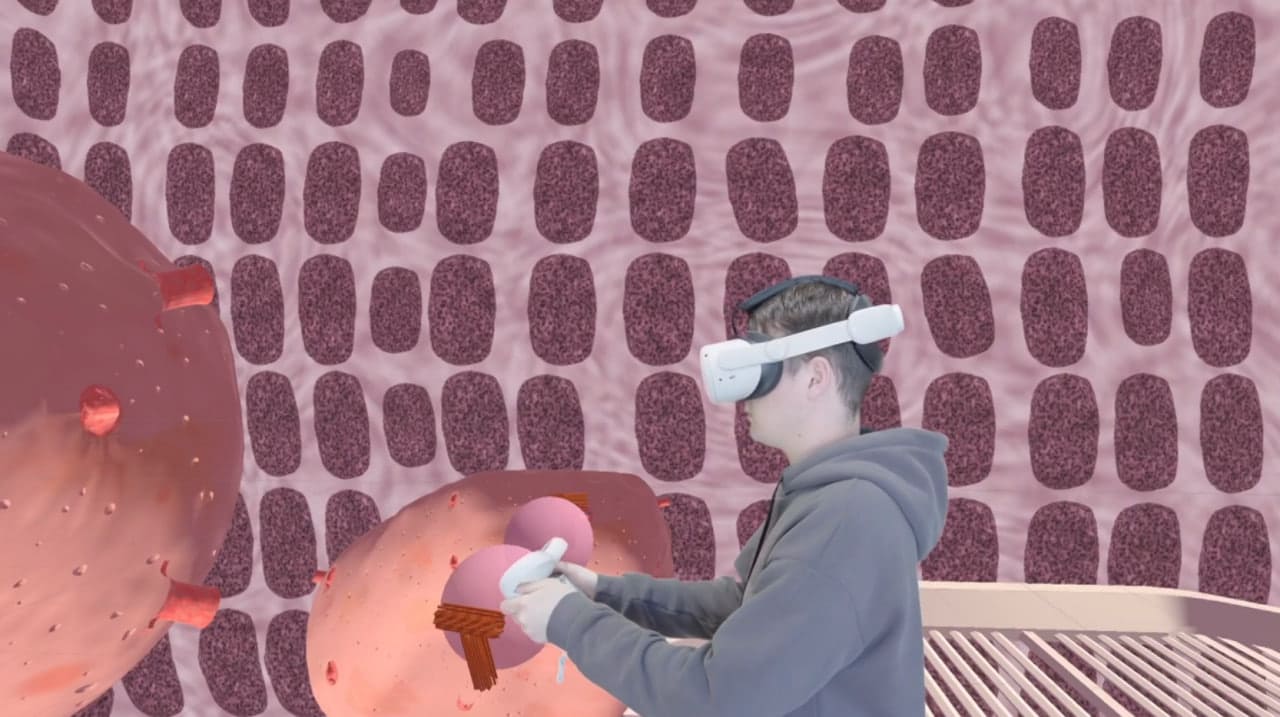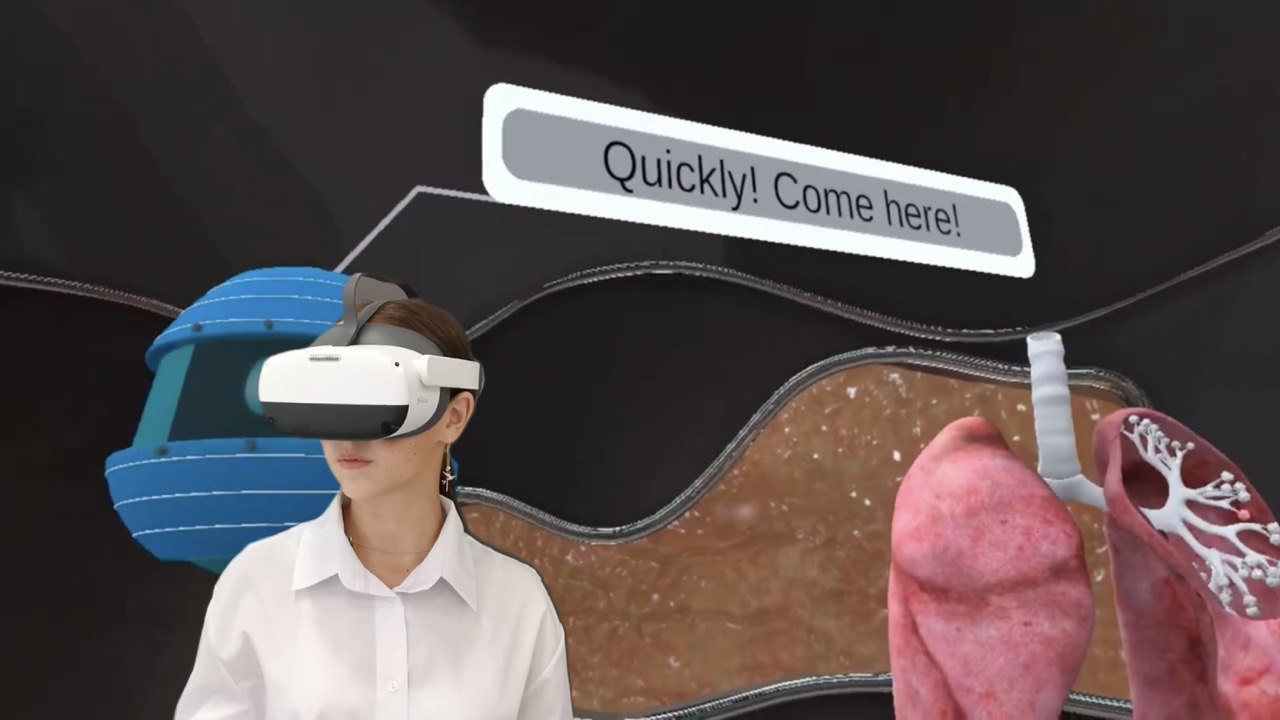
Physics is one of the most challenging yet rewarding subjects, often requiring a hands-on approach to truly grasp the concepts. Traditionally, schools have relied on textbooks and limited STEM labs for teaching physics, but VR education is now transforming the way students learn. With virtual reality in the classroom, students can engage with complex concepts in a more immersive and interactive way, leading to better understanding and retention.
Unlocking New Possibilities with VR Physics Labs
Imagine stepping into a VR classroom where the laws of physics unfold before your eyes. At XReady Lab, we’ve designed virtual reality learning platforms that allow students to experience scientific principles like never before. Our STEM labs bring these difficult concepts to life:
Coulomb's Law:
https://youtu.be/njEvkRoSkIs
Instead of reading about electric charges, students can visualize and interact with charged particles, observing how they influence each other in a virtual reality classroom.
Solar System Exploration:
https://youtu.be/2HgP6FKDQoY
Travel through the solar system with virtual reality in education, where students can navigate between planets and understand the physics of planetary motion.
Electrification and Field Visualization:
https://youtu.be/71Fp3p37fGI
With VR in schools, students can explore electric fields and their effects in real-time, making abstract concepts more tangible.
Diffraction and Light Behavior:
https://youtu.be/CaEBwmTpgQ0
Our interactive classroom activities include simulations of light diffraction, helping students visualize wave behavior and interference in a more accessible way.
Bringing the Solar System to Life
[caption id="attachment_962" align="alignnone" width="1024"] Solar System Xready Lab[/caption]
One of the most captivating applications of VR education in physics is the ability to travel through the solar system in 3D. Instead of viewing static images in a textbook, students can now orbit planets, zoom in on moons, and explore the dynamics of celestial bodies in real-time. This interactive classroom experience fosters a deeper understanding of planetary motion, gravity, and the scale of our solar system. With virtual reality in education, students don’t just learn about the universe—they can explore it.
Making Advanced Physics Experiments Accessible
Many physics experiments are too expensive or impractical to conduct in a typical STEM lab school. This is where VR for education comes in. With virtual reality classrooms, students can explore these otherwise unattainable experiments:
Laser Experiments:
[caption id="attachment_963" align="alignnone" width="1024"] Example Laser Experiments[/caption]
High-powered lasers are too dangerous for a typical classroom, but VR headsets for schools allow students to simulate and manipulate lasers in a safe, virtual environment.
Elementary Particle Visualization:
Learning in VR makes understanding quantum mechanics and particle interactions much easier by visualizing these processes on a fundamental level.
Vector Visualization:
[caption id="attachment_964" align="alignnone" width="1024"] Laws of reflection and refraction Xready Lab[/caption]
In our interactive classrooms, students can manipulate vectors in 3D, gaining a better understanding of force, magnitude, and direction.
The Safety and Accessibility of VR in Physics Education
In traditional settings, certain experiments pose safety risks or financial constraints, but VR technology in education removes these barriers. For example, working with dangerous high-voltage equipment or hazardous materials becomes possible in a virtual reality classroom without endangering students. Additionally, VR headsets for schools provide an affordable way for institutions to access simulations of advanced physics experiments that would otherwise be out of reach. This level of safety and accessibility is one of the key benefits of VR in education, ensuring that all students have access to cutting-edge learning tools in a risk-free environment.
Why VR is the Future of Physics Education
The benefits of virtual reality in education are clear. Students using VR learning solutions are more engaged, can retain information better, and have the ability to interact with complex concepts in real-time. By introducing virtual reality for learning into the classroom, educators can bridge the gap between theoretical and practical understanding.
With VR, the digital classroom becomes a dynamic learning environment where students can experiment and explore without the usual limitations of time, space, or budget. This makes VR in education not just a tool for engagement but a necessity for preparing students for the future.
Ready to Revolutionize Your Physics Classroom?
Imagine your students not just reading about physics concepts but actively exploring them through virtual reality. Whether it’s visualizing electric fields or traveling through the solar system, VR learning makes complex ideas come to life.
Curious to see how this works? Request your free demo from XReady Lab today and experience firsthand how VR in education can transform your STEM curriculum. Discover the power of interactive classroom activities, improve student engagement, and unlock new ways of teaching through VR technology.
Request your demo now and take your classroom into the future!

